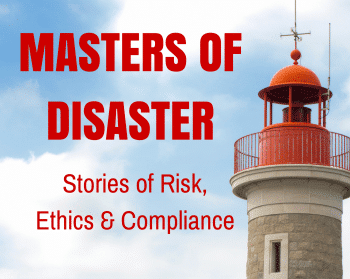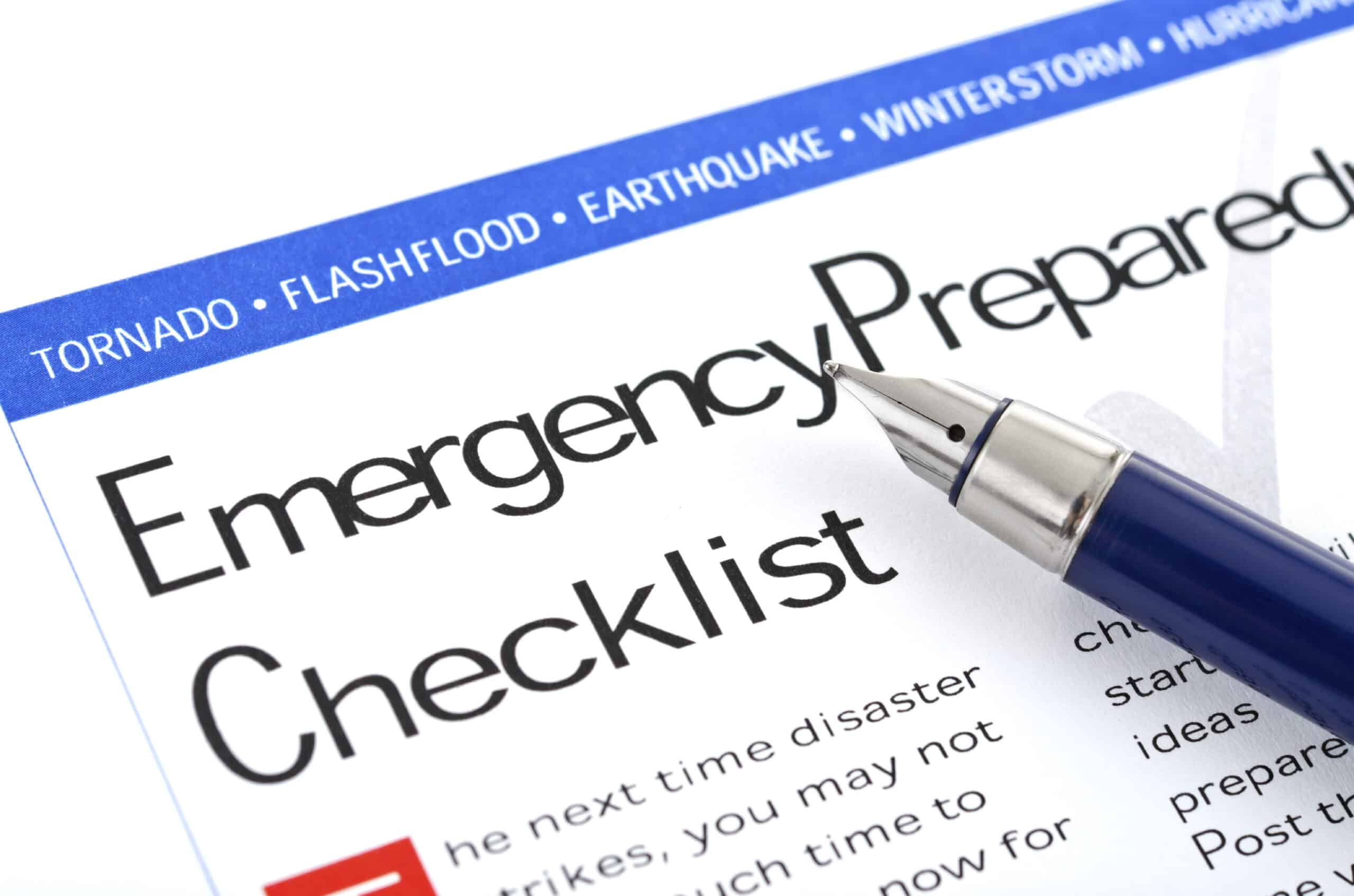Business survival requires the ability to remain proactive in response to market opportunities and threats. Unfortunately, personal survival in the workplace may necessitate similar tactics. While many companies train staff members on the latest selling techniques or computer models, few take the necessary time to prepare their employees to survive a workplace active shooting incident. This oversight could result in tragic consequences and significant legal costs.
The Active Shooter
The term “Active Shooter” became part of America’s lexicon after the Columbine High School massacre in April, 1999. Police response at the school was consistent with standard operational protocols but they proved ineffective in addressing this new threat scenario.
Active shooters have no financial motive and no intent to take hostages. Their goal is to kill as many people as possible before they are stopped. Law enforcement agencies across the globe have implemented new protocols to deal with this threat and businesses must do the same.
A Growing Concern
One hundred and sixty active shooting incidents occurred in the US between 2000 and 2013, leaving 1043 victims either dead or wounded. Nearly 80% of these events occurred in the workplace and include: 73 at businesses, 39 at schools, 16 at government sites, and four at health care facilities.
In February of 2016, three people were killed and 10 wounded at a lawn care company in Kansas. The shooter was a current employee of the business. Another employee stated: “You think you’re safe at work and you’re not. It’s just scary.”
Legal Implications
OSHA requires that employers provide a workplace that “is free from recognizable hazards that are causing or likely to cause death or serious harm to employees.” In 2011, OSHA published several directives regarding violence in the workplace and employers can be cited for failure implement appropriate safety protocols.
Several civil suits have been filed against businesses by victims of a workplace active shooting incident or their families. Most cite the OSHA requirement identified above as well as lack of a specific active shooting plan and training by the company.
Active Shooter Plan
Every business should have an active shooter plan to protect their workers, customers, and company. At a minimum, this plan should include:
Identification of Potential Threats
Often there are warning signs of potential violence in the workplace, including active shooters. Create a list of behaviors, statements or circumstances, such as staff downsizing, that could trigger this type of incident. The goal is to raise awareness, not paranoia.
Active Shooter Protocols
An active shooter plan should include what actions might be taken during an active shooting scenario. Be mindful that the situations will be chaotic and presenting options for employees is better than establishing requirements.
- Identify a shelter. Most buildings have areas that are easy to secure. Identify these and designate them as shelters.
- Create a code. Use a phrase such as “Mr. Black is on line 7” to alert employees to an active shooter situation.
- Include Run, Hide, Fight. These three options present the best chances of survival in an active shooting scenario. Run – Take a cell phone and leave everything else behind. Run towards the exits but be alert for danger as the shooter may be waiting to ambush people as they leave the building. Hide – Turn off your cell phone and find as secure or hidden a location as possible. Fight – Everything around you can be used as a weapon and there is safety in numbers. If confrontation is inevitable, don’t hesitate to harm the shooter and use whatever is available to defend yourself.
- Contact law enforcement. Don’t assume someone has called 911. Make this part of your plan. Also include what employees need to do, such as keep their hands raised and empty, when approached by officers.
Aftermath Protocol
Develop aftermath protocols to address communication, safety, building security and other issues after an incident. Where should people meet? How will you determine who may have been injured or killed? How will you contact other personnel or employee families? Do you have a crisis communication plan to implement? Be prepared for what comes next.
Training
Education and training of your staff is critical for several reasons. Specifically, training:
- Prepares people to survive an active shooting incident.
- Identifies problems or inaccuracies in the plan that can be addressed.
- Keeps the plan current to changes in operations or building remodels.
- Protects the company from additional liability.
Sadly, active shooter threats are a part of our lives. OSHA’s regulations and recommendations place employers on alert that this risk must be taken seriously. Be proactive by creating and implementing an active shooter plan.
Can we help you?
Do you need advice or guidance in planning for an active shooter situation, or other disruption, at your business?
We can help. Read more about how Bryghtpath can assist you with Active Shooter Planning and Exercises or contact us today!


 Bryghtpath CEO on ‘Masters of Disaster Podcast’
Bryghtpath CEO on ‘Masters of Disaster Podcast’